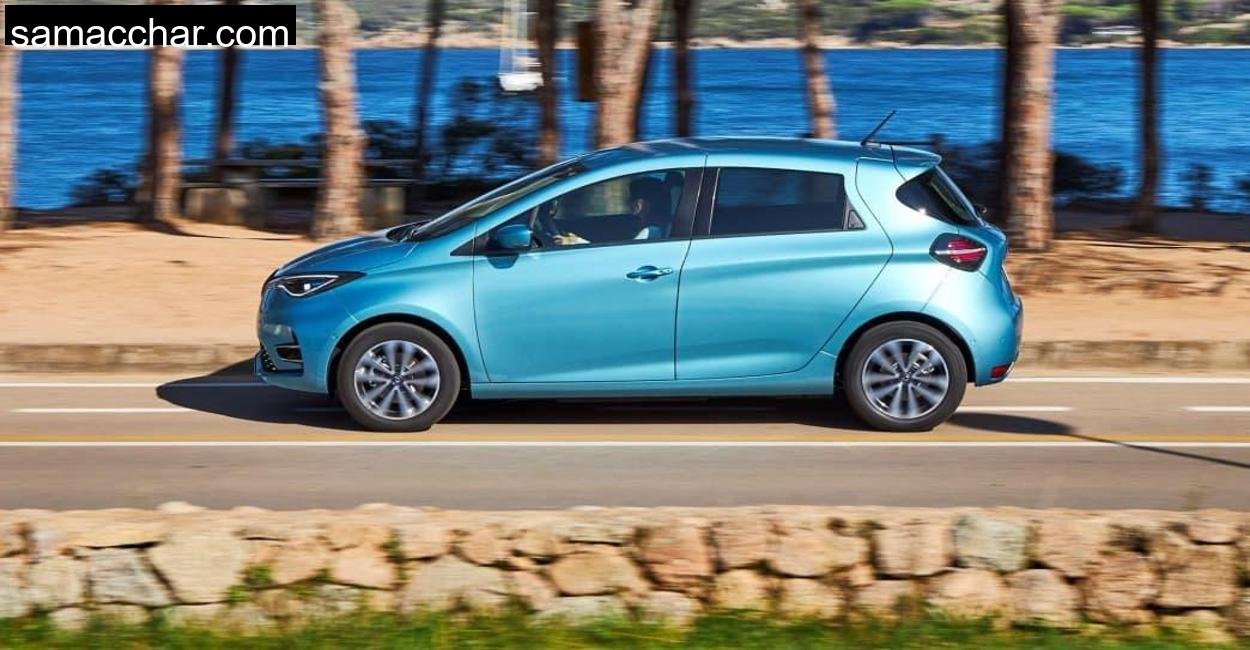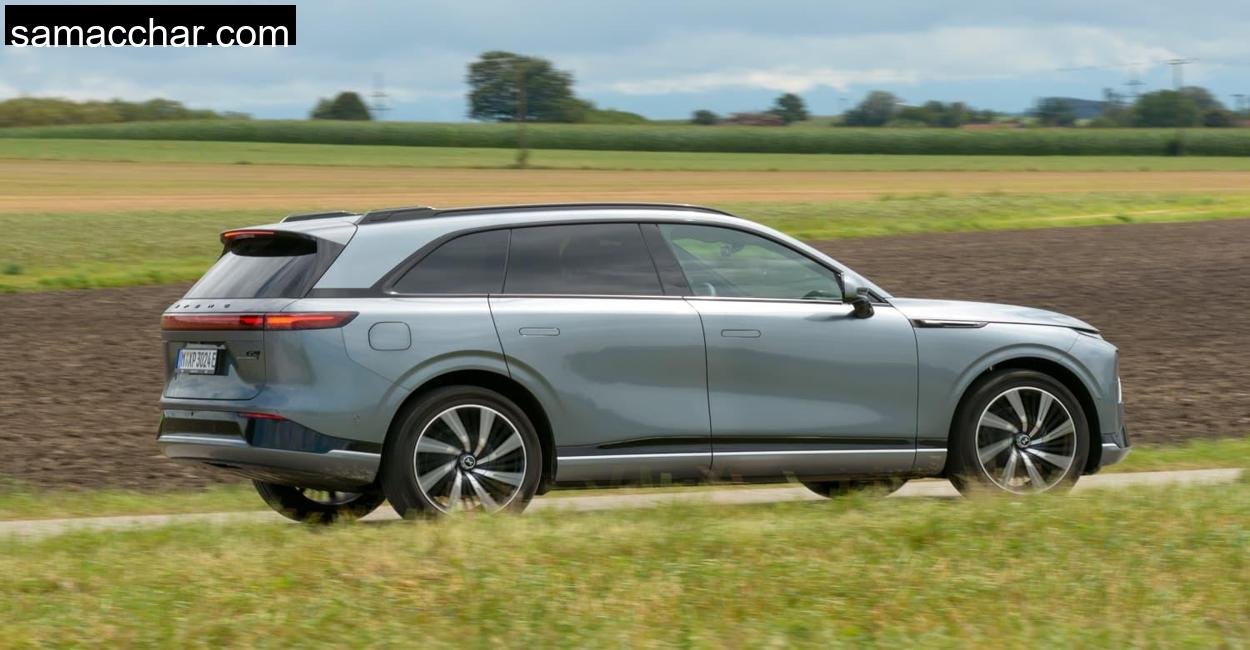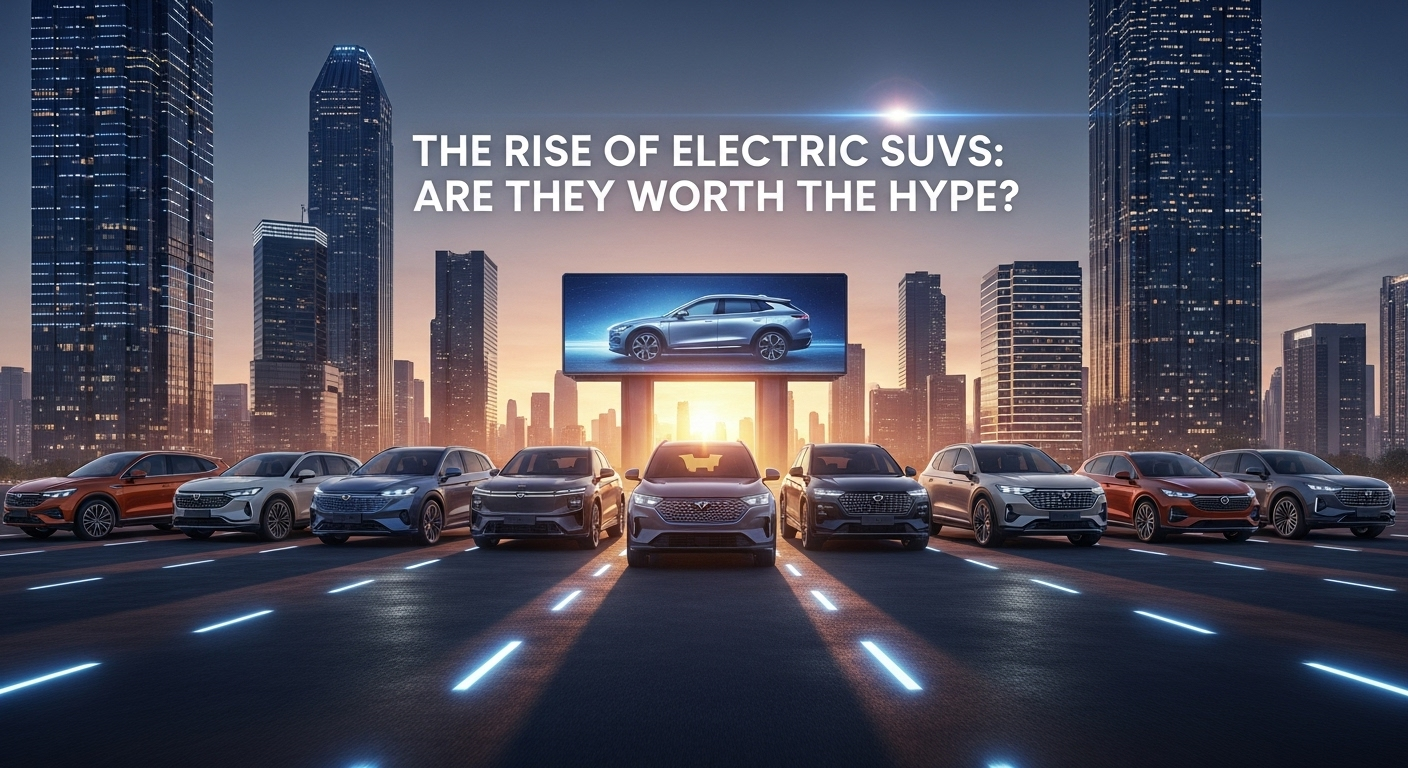Renault Zoe Interior
I remember sitting in the original Zoe years ago, hard plastics, a weird infotainment system that showed gas stations instead of charging points, and a cabin that didn’t really spark joy. The R135, though, is a whole different story. As I slipped into the soft fabric seats,50% of which are made from recycled bottles, it felt like Renault had finally found a rhythm between economy and warmth.
The dashboard in the “Iconic” trim uses much softer materials and better textures, especially around the infotainment system and center console. The 10-inch digital instrument cluster is crisp, showing energy flow, range, and navigation without trying to overwhelm you with futuristic gimmicks.
Smartphone connectivity was smooth. Android Auto launched in seconds, and the 9.3-inch touchscreen, borrowed from the Clio, felt far more intuitive than the old clunky interface. I appreciated the inductive charging tray, no more fumbling with cables, and the MyRenault app actually worked. Checking charge level from a coffee stop in a Hube valley village? That felt seamless.
52 kWh Battery: 335 km Range in the Test
On paper, the 52 kWh battery delivers a WLTP range of up to 395 km. Realistically? I managed 335 km in mixed driving, just like the test confirmed.
Through the forested inclines of the Hube and the open countryside stretches, the Zoe held its own impressively. In the city-like traffic of Osterode, where start-stop is constant, the regenerative braking helped stretch the range beyond what I expected. On the B243, cruising at a steady 90 km/h, the battery sipped energy gently.
On highways, the story shifts. At 120–130 km/h, range depletes fast, expect closer to 260 km if you’re pressing on. But in urban and semi-urban landscapes like the Hube, 400 km in gentle weather without air conditioning isn’t a fantasy.
Test Consumption 19.0 kWh/100 km
This figure matters more than range. The Zoe’s 19.0 kWh/100 km figure includes charging losses, which are considerable: more than 23% when using AC. I measured 18.7 kWh/100 km in our Hube loop, but that number rose quickly when the elevation gains increased and I used heating in the damp morning fog.
At one 22 kW AC charging point in Bad Gandersheim, it took over 64 kWh from the socket to fill the 52 kWh battery. That’s wasteful, and it’s the one technical aspect where the Zoe feels outpaced. Charging efficiency is not its strong suit, but in practical driving, it’s manageable.
Renault Zoe R135 with Good Performance
This is the version to get. The R135 with 100 kW (135 hp) brings welcome liveliness to a car once accused of sluggishness. A 0–100 km/h sprint in 9.5 seconds won’t scare a Tesla, but it gives the Zoe just enough confidence to feel feisty on a rural overtake.
On one particular uphill twist in the Hube, I floored it to pass a lurching tractor, and it responded instantly, cleanly, and quietly. The overtaking benchmark of 60–100 km/h in 5.3 seconds means you don’t need to plan overtakes a week in advance anymore.
What’s more: the sound insulation is vastly improved. On freshly paved sections near Kalefeld, wind and tire noise were impressively muted, only really picking up above 120 km/h.
Fast Charging Costs 1100 Euros Extra
Now here’s a sore spot. If you want the 50 kW CCS DC fast-charging port, it’ll cost you €1,100. Frankly, it should be standard at this point. That said, it works well.
At a 50 kW charger near Seesen, I went from 14% to 80% in just under 65 minutes. Not lightning quick, but acceptable. On most days, though, you’ll charge via AC. At 22 kW, the Zoe takes 3 hours 40 minutes to fully charge, ideal for workday or shopping mall sessions.
Home charging? With a 7.4 kW wallbox, I managed a full charge overnight in under 10 hours. The Schuko plug? Only for emergencies. I tried it once and gave up after realizing it would take 28 hours.
New Assistance Systems
Assistance tech used to be the Zoe’s blind spot. That’s no longer true. In the latest version, Renault added emergency braking, lane-keeping, blind-spot warnings, and high-beam assist. Parking assist worked well, even on tight cobblestone side streets in Katlenburg.
The light steering, which at first felt overly assisted, grew on me in city traffic. It made tight roundabouts and tricky parking maneuvers easy. The only gripe? The painted loading sill scratches easily, springing €78 for the aluminum sill protector is worth it.
Euro NCAP: Facelifted Zoe Loses All Stars
Despite all the new tech, the Euro NCAP rating crashed from five stars to zero. Why? Renault cut costs in the wrong places. Side curtain airbags were removed in base versions, and structural reinforcements were not improved.
That’s sobering, especially considering Renault’s past reputation for safety. But it’s important to note: the Zoe tested by Euro NCAP was the base “Life” model, not the higher “Iconic” trim we tested, which does come with modern safety aids. Still, it’s a black mark on an otherwise commendable final edition.
Renault Zoe: Electric Car from 36,840 Euros
The pricing in 2024 is tough. Starting at €36,840 (before subsidies), the Zoe costs almost €5,000 more than its 2020 predecessor. Our “Iconic” test car with the CCS option rang in at over €41,000.
That’s steep for a subcompact. But used Zoes are beginning to flood the market, and with a known battery, solid range, and a lively drive, they’re still a compelling option, if safety and fast charging aren’t dealbreakers.
Conclusion
Driving the Renault Zoe R135 through the soft hills of the Hube felt like closing a chapter. There’s still something inherently charming about this small electric pioneer. It’s quiet, surprisingly sprightly, and finally packed with the digital and safety tech it always needed.
But time has caught up. The price is no longer competitive, and the safety concerns in base trims are real. Still, if you can find a well-equipped used one with CCS charging, it could be one of the most accessible, practical, and honest EVs you’ll ever own.
And in those moments, gliding silently through a misty forest lane above Kalefeld, you realize what made the Zoe special. Not its speed or gadgets, but its simplicity and spirit.










